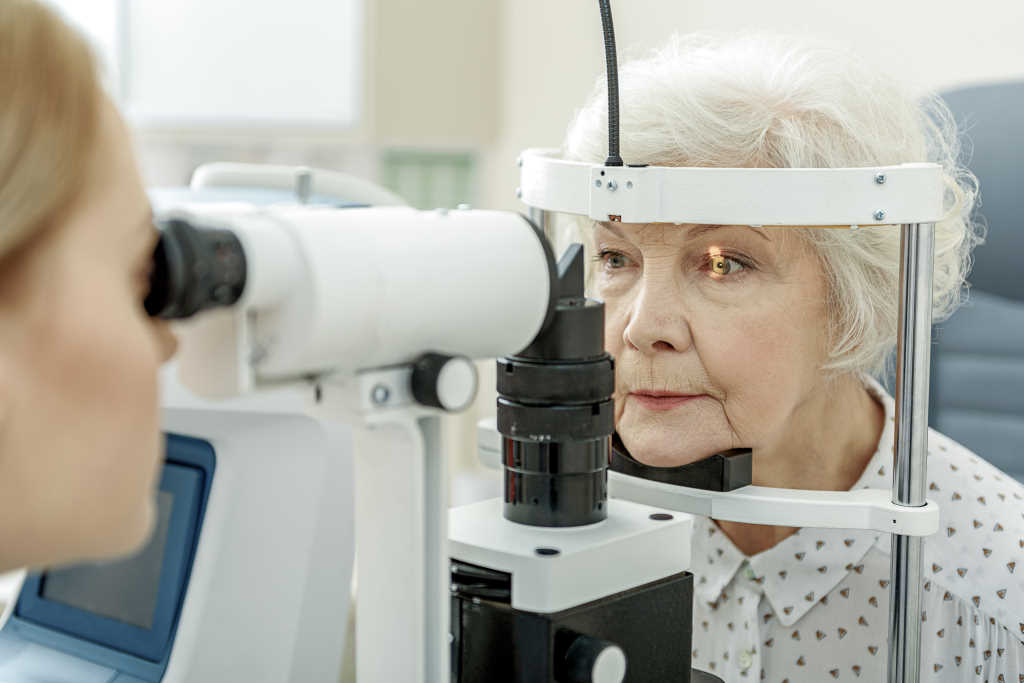Calls for Ukraine
Calls for Europe
Calls for USA

Japanese researchers have successfully used human stem cell transplants to close a hole in a crucial part of a monkey’s retina.
⇒ The retina is the layer of nerve tissue covering the inner part of the posterior third of the eyeball where light activation occurs, initiating the sensation of vision. The retina is actually an extension of the brain, formed in the embryonic period from nerve tissue and connected to the brain by the optic nerve.
Damage and disease to this part of the eye can lead to impaired vision and the development of blindness. Such conditions are difficult to treat. For example, it is possible to move one’s own retina closer, but this inevitably leads to blind spots in the periphery.⇐
According to the researchers, this advance could pave the way for more effective treatments for small tears that form in the macula, the central part of the retina.
These holes in the macula can be the cause of distorted or blurred vision, making it difficult to recognize small details, read or drive.
“Our results suggest that this technique may be an affordable, safe and effective treatment option with minimal invasive risks, especially in complex cases of macular defects,” said senior study author Dr. Michiko Mandai of Kobe Eye Hospital in Japan.
However, experts emphasize that the results of animal studies are not always confirmed in humans.
Despite the fact that over 90% of macular defects have been successfully closed in the last decade, there are still untreatable cases, the researchers explain. In addition, post-operative care is difficult to manage. Although retinal transplants can close the holes, they have only a slight effect on improving vision.
Dr. Mandai’s team wondered whether human stem cell transplantation could address these obstacles.
In a new study published Oct. 3 in the journal Stem Cell Reports, they successfully transplanted retinal tissue derived from human stem cells to close a macular hole in a monkey’s eye. The graft successfully engrafted and produced retinal cells that recognize light, which is essential for clear vision. The researchers also noticed improvements in the monkey’s response to light and ability to fix its gaze.
However, the experiment was not completely trouble-free. The monkey experienced mild graft rejection, which could have affected the engraftment of the transplanted tissue. The researchers controlled this with steroid injections.
“Mild rejection may have limited the functional integration of the transplanted tissue,” Mandai said in a journal press release. “In addition, this was a single case in one eye, and the model did not exactly replicate the pathology of human refractory macular defects.”
However, she added, the results provide confidence that the technique can be applied to treat humans.
Please rate the work of MedTour
